6. Fanny and Alexander (1982, Ingmar Bergman)
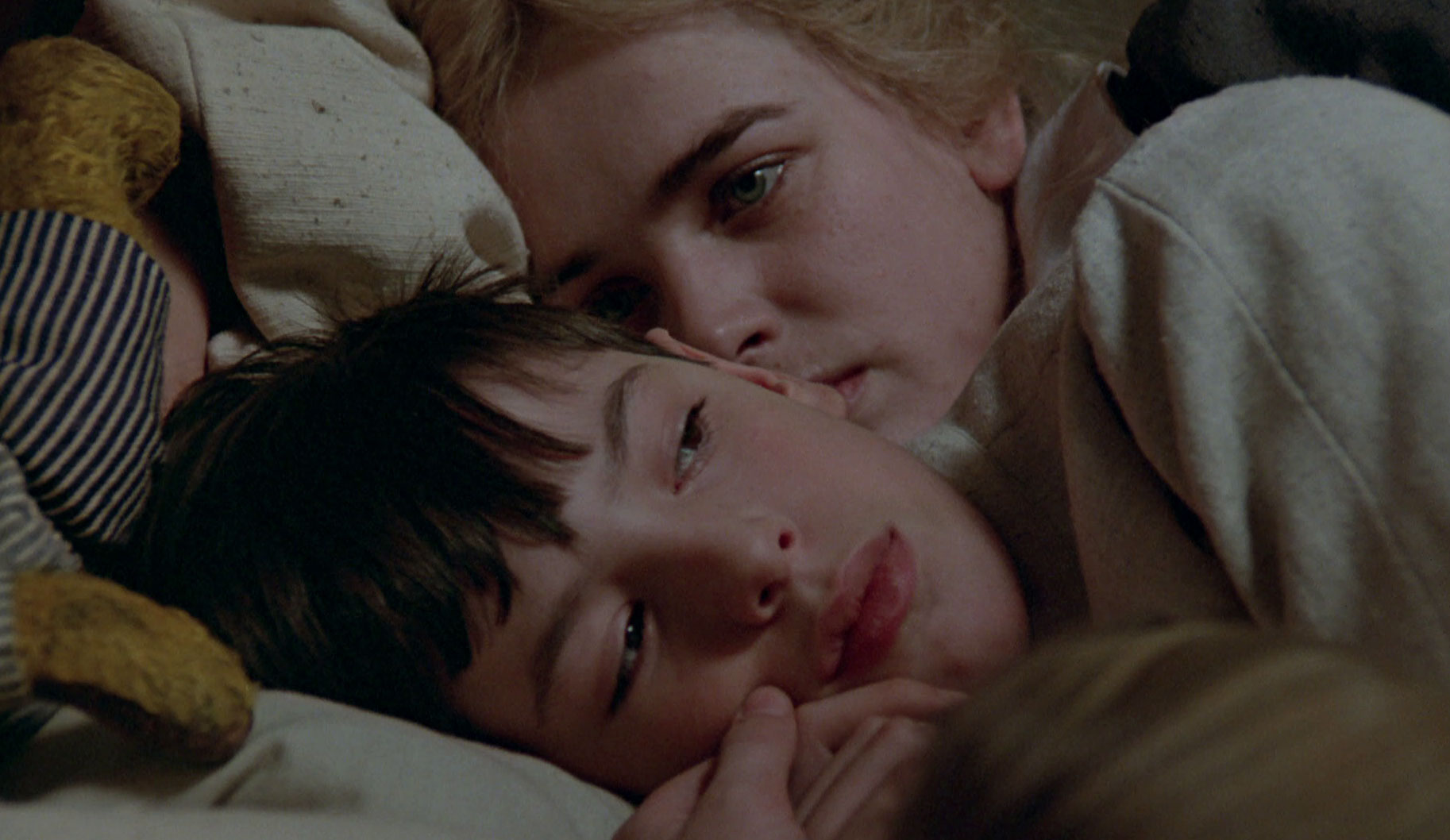
If anyone ever says to you that Ingmar Bergman can only be appreciated by film students and critics, know that that person is a stone-cold liar and cut them out of your life immediately. While his more experimental films like Persona can perhaps come off as cold and distancing, films like Fanny and Alexander demonstrate that his work is imbued with a profound humanity that’s both accessible and incredibly beautiful.
Of course, this accessibility does have one major caveat in the case of Fanny and Alexander: the film was designed as a TV miniseries and because of that it comes in at a little over five hours long in total. Daunting as that may seem, it wasn’t conceived to be watched in one sitting and is instead divided up into four episodes.
Because of its length, there’s a level of detail and intricacy in this film that is present in very few other films. Bergman gradually crafts a self-contained world over the course of those five hours, one that seems to extend far beyond what we’re privileged to see.
The film follows the tumultuous lives of the Ekdahl family over the course of about three years, tracing numerous subplots involving different members and associates of the family. There are as many as 20 or 30 characters that play important roles in the larger narrative, yet every single of them is fully realized and quickly made familiar thanks to brilliant exposition afforded by the generous running time.
The “tearjerker” element, then, comes about naturally; we as an audience spend so much time with these characters that emotional investment is simply a byproduct of our attachment to the characters.
As a whole the film occupies a space somewhere between a family epic, a magical realist fable, and an unabashed melodrama, and the collision of those different genres makes it easy to become engrossed in all the emotional turbulence of the story.
Think Pan’s Labyrinth but with less emphasis on the fantasy and with a couple dozen more characters. That comparison doesn’t really do either film justice though; this is a truly, spectacularly incomparable work of art and its reputation as one of Bergman’s greatest accomplishments is well-deserved.
7. The Spirit of the Beehive (1973, Victor Erice)
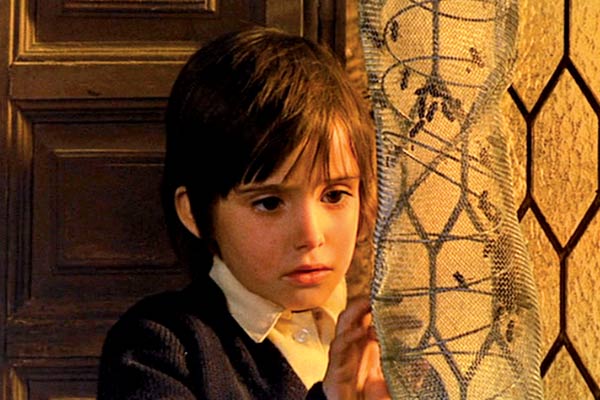
Speaking of Pan’s Labyrinth, this is perhaps the film that most profoundly influenced the filmmaking style of director Guillermo Del Toro; tonally, stylistically, visually, and even narratively, Del Toro’s films borrow liberally from Victor Erice’s melancholy coming-of-age tale.
Like much of Del Toro’s work, Erice’s masterpiece occupies a place somewhere between brutal realism and awe-inspiring fantasy, the political and the intimate. It’s dark and haunting, yet it also modestly bears the kind of hushed, magical beauty that few other films can lay claim to.
The story begins in a small isolated village just as the Spanish civil war has ended, when 8-year-old Ana witnesses a screening of Frankenstein. She is left haunted by the scene in which the previously gentle monster accidentally kills a little girl, as well as by the monster’s eventual death at the hands of the townspeople.
Ana’s sister tells her that the film is fake and the monster isn’t really dead, but Ana only latches onto the latter and begins to believe that the monster is alive and hiding out in a small abandoned building down the road from her house.
Of course, this isn’t a movie about Frankenstein; instead it has more to do with the darker and more frightening side of childhood and the loss of innocence Ana experiences as a child coming of age in the Fascist aftermath of a bloody civil war. While the film is far from scary, it certainly has an eerie stillness to it, punctuated by long silences and with shadows infringing on virtually every frame.
There’s an almost overwhelming lyricism and beauty in its darkness though, on a literal level when it comes to its gorgeous golden-tinged cinematography (fitting given the motif of bees) as well as in more subtle ways. The film unfolds slowly and with great grace, focusing more on arresting imagery and the tumultuous emotional state of its protagonist than on racing from one plot point to the next.
It’s an elegiac fairy tale rooted in the real-world horrors of war, a mournful but beautiful coming of age story that, like the spirit of Frankenstein’s monster does to Ana, lingers and haunts viewers long after it ends.
8. All About Lily Chou-Chou (2001, Shunji Iwai)
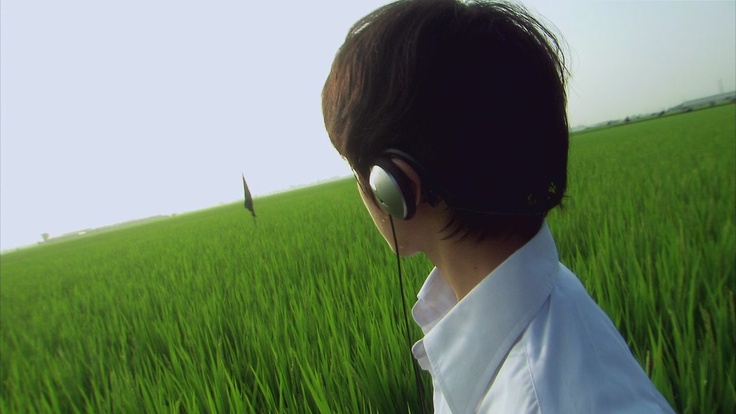
Shunji Iwai is one of modern Japan’s most stylish, unconventional directors, having made some of the most eccentric yet oddly affecting Japanese films of the ‘90s and early ‘00s, and yet his work has gone widely unrecognized in the Western world.
Although it’s hardly easy to track down due to the director’s relative obscurity in America, All About Lily Chou-Chou is Iwai’s most ambitious and brilliant film. An intimate epic filled with messy teenage emotions and unparalleled angst, the film tracks a group of middle school students – all sharing a deep devotion to a fictional Björk-like musician named Lily Chou-Chou – over the course of a few years.
This is a far cry from an innocuous John Hughes-type teen movie though. Lily Chou-Chou is occasionally sweet, but more often than not it’s incredibly gritty and dark in terms of its narrative.
The film deals with bullying and adolescent anxiety in a way that is entirely foreign to American coming-of-age film; rape, murder, and prostitution are hardly what you would expect from a movie about 9th graders, but all of it is present as the film explores the extraordinary cruelty young people are capable of.
Despite all the ugliness in the story though, the film is stunningly beautiful. The plot plays out like a dream, slowly and with ethereal handheld cinematography that makes every scene look almost heavenly. It’s a long film at two and a half hours, yet it’s so gorgeous and immersive that it ends up feeling all too short.
It’s a film world you sink into gradually as it guides you through its labyrinthine plot – the narrative is relatively simple on paper, but frequent flashbacks and flashforwards complicate the timeline.
Even during the moments when the film plays it too fast and loose with the timeline and the story becomes hard to follow, Lily Chou-Chou succeeds as an atmospheric mood piece and, by the time it reaches its shocking finale, an unparalleled emotional whirlwind.
9. A Woman Under The Influence (1975, John Cassavetes)
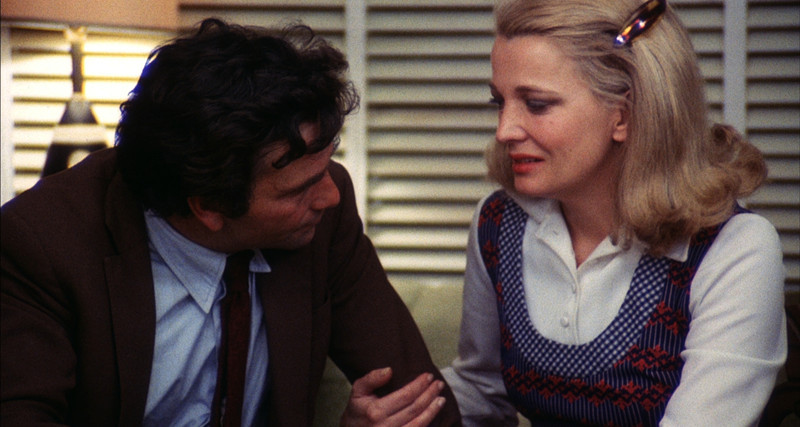
John Cassavetes’ masterpiece is, in one word, harrowing. Driven by two of the most charismatic performances of the ‘70s – which is saying something for a decade full of stunning films and actors –, Cassavetes pulls no punches in exploring the plight of a woman with increasingly severe mental illness and the toll her mania takes on her marriage.
Gena Rowlands, who was married to Cassavetes and starred in nearly all his films, is unreal as the titular woman, giving a staggeringly powerful performance that continues to leave its mark on cinema today as the absolute highest standard of film acting.
There is no way to overstate this; her performance as Mabel Longhetti is a magnitude-9.0 earthquake that levels everything in its path, a force of nature that one can only marvel at in awe. In a film filled with great performances – including a spectacular one by Peter Falk as her husband – she commands attention from the moment she enters a scene to the moment she leaves.
The stark power of the acting from Rowlands and Falk is matched only by Cassavete’s almost cinema verité filmmaking style, further heightening the harsh realism. Grainy close-up shots galore, the cinematography is deeply unsettling in a way that’s hard to describe. Shots linger slightly longer than you would expect and are framed in unconventional ways that create tension, giving the whole film a fly-on-the-wall sort of voyeuristic feel.
It was a watershed production in the history of independent film, and it’s difficult to understate the sheer emotional force of it. This is a film so intense that it made Jaws actor Richard Dreyfuss vomit immediately after watching it then shortly thereafter call it one of the most incredible movies he’d ever seen. Don’t expect an easy viewing experience, but for raw emotion and peerless acting there’s nothing quite like it.
10. Amour (2012, Michael Haneke)
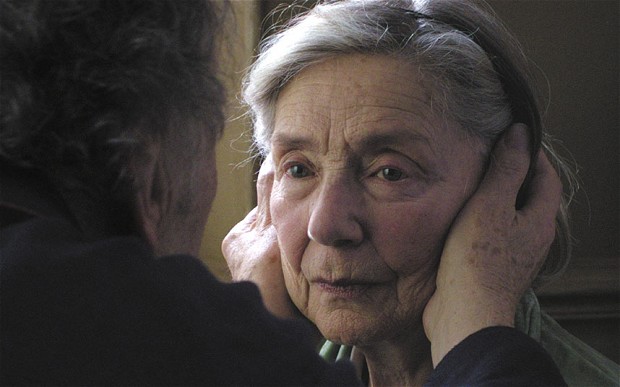
Austrian auteur Michael Haneke is hardly known for upbeat movies; the Funny Games director is one of the most singular talents in international film today, making challenging films that explore the roles of violence and alienation in modern society. His work isn’t so much pessimistic as it is brutally honest and real, and no film of his embodies that painful, no-holds-barred attitude quite like Amour.
Known by those who haven’t seen it as “that French old people movie” and by those who have seen it as “something I never want to watch again,” Amour is as unsentimental and brutal as love stories come. Jean-Louis Trintignant and Emmanuelle Riva – two of the greatest actors in all of French cinema – co-star as Georges and Anne, a Parisian married couple now well into their eighties whose love is put to the test after Anne suffers a debilitating stroke.
Both actors are stunning, particularly Riva who is able to communicate an astounding range of emotions despite the physical limitations of playing a stroke victim. The dual lead performances are the piece of the puzzle that make the movie compelling and deeply moving as opposed to torturous and sad-for-the-sake-of-sadness.
There are no comic relief characters or lighthearted subplots to give the audience relief from the bleak story though; instead we’re confronted with a thoroughly uncompromised discussion of love and mortality that pierces straight to the bone. It’s not especially fun or uplifting, but it’s a masterwork of great power and empathy, as well as one that will absolutely positively make you sob your eyes out.
Author Bio: Joey Shapiro is a film student at Oberlin College in scenic Northeast Ohio, the cornfield capital of the world. His dream date would be watching all thirty Godzilla movies in a row.